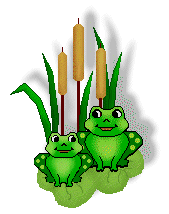
Explore the way of life of a Vermont pioneer family at the end of the 18th Century as they turn wilderness into a thriving-self sufficient farm. Learn about transportation, clothing, wild and domestic animals, plants grown, communication and cultural clashes. Bring these times to life with hands-on projects and suggestions for integrating this theme into all areas of the curriculum.
This Unit Study is adaptable for all ages making it wonderful for any grade level, homeschool family or just anyone interested in exploring history.






